“The Violin Plays, the Heart Breaks”
It was almost like a classic story: I was turning eighteen, and at some point, unexpectedly to myself, I became what my overseas brothers in spirit had been calling VJs for some time (we still hadn’t fully grasped DJs at that time, so we avoided those terms). In other words, I occasionally went on air at night on local cable TV and tried to convey something intelligent, good, eternal—and relevant! There was a certain “cowboy romance” to it: the 1990s, a pre-internet era when any bit of information was worth its weight in gold.
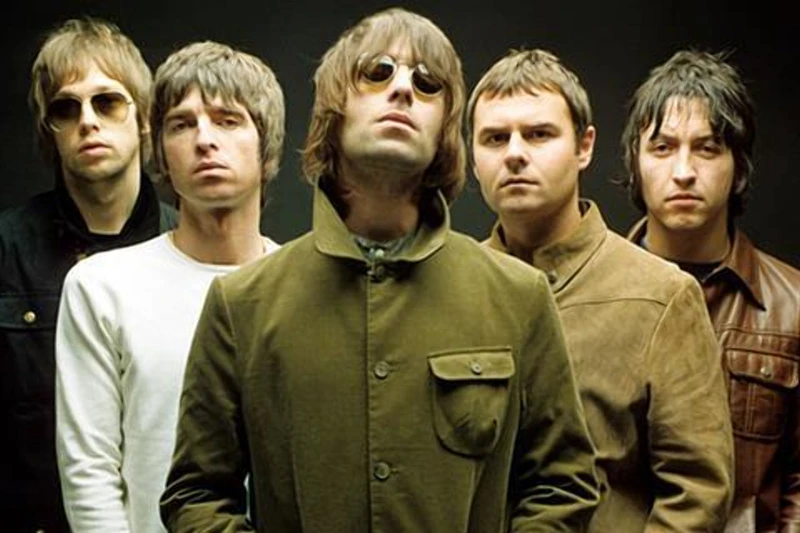
Struggling through a showbiz drought, occasionally surviving on gossip from acquaintances, occasional issues of color magazines from nearby countries, or printouts of “teletype” news from a tech friend who, by rank, had access to (miraculously!) the internet, was quite the adventure. Her Majesty the “Satellite Dish” saved the day, whose generous gifts could only be enjoyed late at night. Empty VHS tapes were prepared for those nights, and hours spent with the music channel MTV were no less enjoyable than a date with the prettiest peer. So when one evening a black-and-white image appeared before my eyes, first accompanied by an acoustic guitar intro, then by the London Session Orchestra’s strings, I understood that something remarkable was being born—something that would be discussed and debated in the future. It was the video clip of the then little-known British band Oasis’s “Whatever.”
In the next fifteen years, this indeed came true: a group of young people from Manchester, led by the Gallagher brothers (the elder Noel, guitarist, and the younger Liam, vocalist), became the focus of the specialized music press and tabloids (especially the latter, as the brothers’ personalities and behavior became a main reason for intense media attention), sparked an artificial yet blood-deep rivalry with their archrivals—the band Blur—and ignited a long-lasting and almost endless debate about the phenomenon of “Britpop.” The following fifteen years were marked by solo projects and annual reunion rumors regularly fueled by the excitable British press, eventually turning into betting odds and, seemingly, an unattainable blue dream of millions of fans.
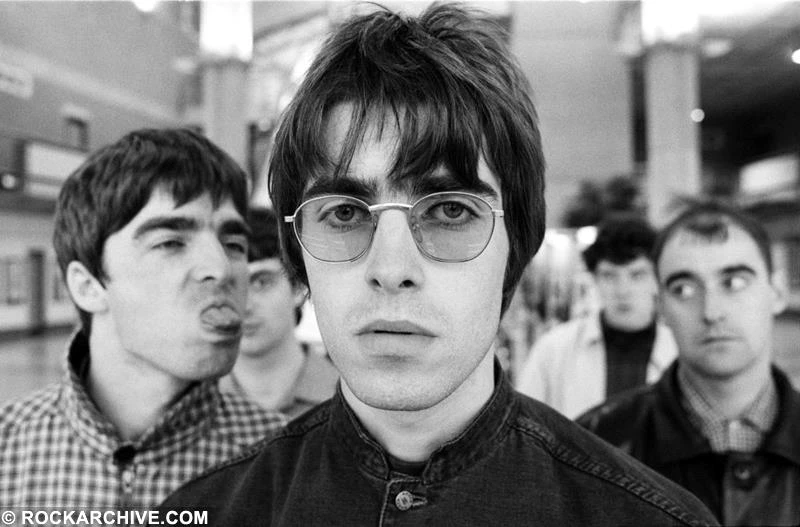
The Great Battle of Heavyweights
It is always interesting to examine the building blocks of any phenomenon. No matter how skeptical one may be about the word “phenomenon,” since 1994, when Oasis’s videos received heavy rotation on MTV and their debut album Definitely Maybe was released, the Gallagher name never left British press pages and, as mentioned, increasingly appeared in tabloids. For fairness, it should be noted that the word “Oasis” did not inspire admiration or dizziness in everyone: for many English people, it became synonymous with irritation, given the scandals and antics accompanying the band and its frontmen.
Yet why did young, and later mature, Britain love Oasis and nearly elevate the group to a national pride symbol? Was it Liam’s distinctive style of singing with his head tilted toward the microphone and hands behind his back? His cool sunglasses, Adidas sweaters, parkas, or the once-popular Alaska jackets worn when he once skipped the cloakroom and shocked the tuxedoed crowd at a music ceremony? Or maybe the “Gallagher hairstyles” that have become endless meme subjects online among both fans and critics?
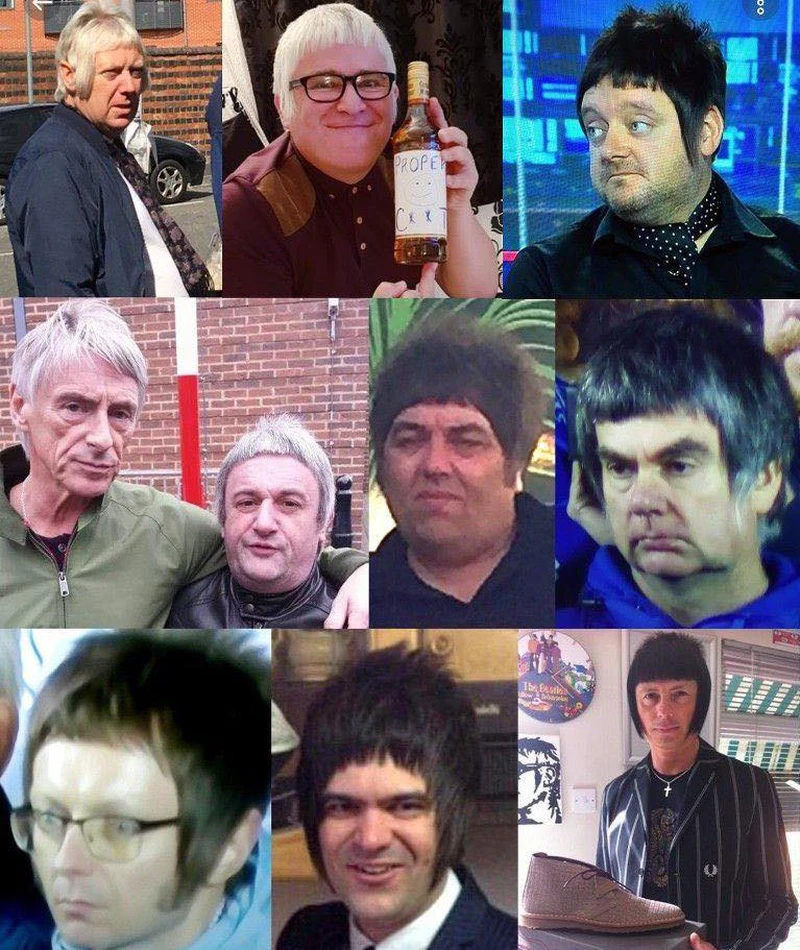
Many in the ’90s were inclined to believe that the reason for this “temporary madness” (to borrow the terminology of other Brits from Pink Floyd) was that someone saw in the Manchester lads the new The Beatles and said “Hallelujah!” The Beatles reunion never came, but here we are: everything again in a loop, like the 1960s in the British Empire, which honors centuries-old traditions above all, with new heirs to the musical throne and so on.
For a fuller and more believable fairy tale, an artificial rivalry was created with the group Blur in a kind of sporting competition for the crown of the most important Britpop band, akin to the ’60s fights and hoarse disputes over who was cooler—the Beatles or the Rolling Stones. In August 1995, the progressive music world’s mouthpiece, New Musical Express, literally began betting on who would win this contest by releasing a characteristic bold cover titled: “Heavyweight Championship of Great Britain.”
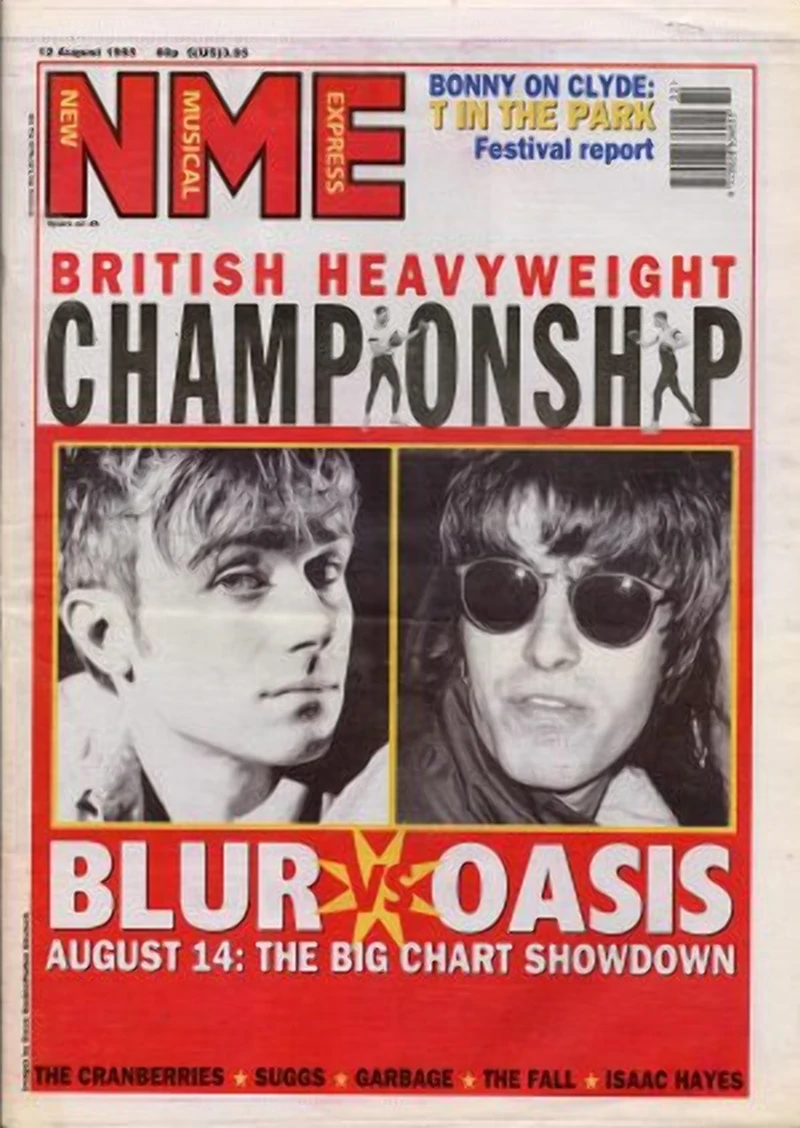
The Beatles, of course, are a national code for the vast majority of Albion’s inhabitants. For the 50th-anniversary issue of the same NME, Liam Gallagher posed holding a portrait of John Lennon (made from an archival cover of the same magazine), symbolizing the connection between generations. But besides The Beatles, even an unpretentious listener can easily hear echoes of The Rolling Stones, The Who, Neil Young, The Kinks, or even The Smiths and Stone Roses in Oasis’s first three albums. I believe it is no exaggeration to say their arrival embodied what was once called “true rock ’n’ roll,” which was so missed in the mid-’90s.
Never Look Back in Anger
In the summer of 1994, early in his dizzying career, while on a ferry to the Netherlands, Liam and the band’s bassist Paul McGuigan started a fight and caused a headache for local police, resulting in their arrest and denial of entry to the country.
Afterward, there was no shortage of drama: constant conflicts, fights between the brothers right before performances (a perfect opportunity to see who the real heavyweight was), canceled tours, knocked-out teeth in nightclubs, and fines with three zeros for bail, as well as Liam’s overly ambitious claim that Oasis was more popular than The Beatles (compare that to John Lennon’s scandalous statement that “The Beatles are more popular than Jesus Christ”), to which Paul McCartney reacted by calling it a “kiss of death.” Following this tabloid chronicle became exhausting — it wasn’t what drove us to chase cassettes of the band’s first albums, and it could even cause rejection. But any loud incident, another appearance on The Sun’s cover, or a foolish tongue could be forgiven for only one reason — the outstanding songs.
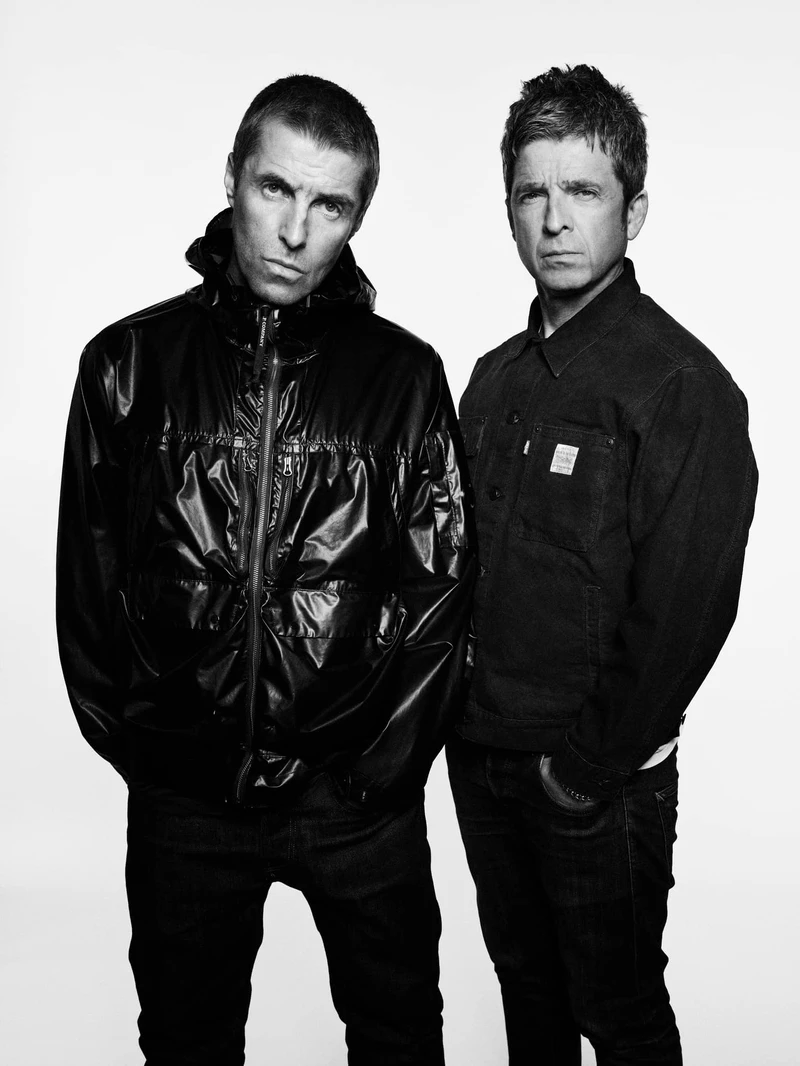
For the pure, uncompromising rock ’n’ roll spirit in “Roll With It” and “Some Might Say,” for “Wonderwall,” which can be performed acoustically among friends and continues to echo in subway passages by street musicians and in the world’s largest sports arenas sung by football fans. For the two versions of the “Live Forever” video (British and American), one of which symbolically buries the band’s drummer alive before he resurrects, and for the first eleven seconds of “Don’t Look Back in Anger,” infused with the spirit of Lennon’s “Imagine,” whose title could serve as a motto for fans and the Gallaghers themselves. Finally, for the poignant hit “Stop Crying Your Heart Out,” which once helped endure personal heartbreak and whose optimistic direction still supports in difficult moments.
On August 28, 2009, after another conflict with his younger brother, Noel Gallagher announced he was leaving the band and would never share a stage with Liam again. On October 8, it was officially announced that the band had broken up. But, as time showed, only for fifteen years. During the “inter-Oasis” period, the brothers had their own bands — Noel Gallagher’s High Flying Birds for the elder and Beady Eye for the younger — though obviously less successful than their main project. Not a single year passed in those fifteen without renewed reunion rumors.
“Wembley” Branch on the Left Bank
Strangely and even fantastically, both famous brothers have visited our region—though separately and in different years. During the Ukrainian football summer of 2012, elder Noel set the stage on fire on Brovarskyi Avenue with his band High Flying Birds. The peculiar thing was that the European Football Championship was taking place in Ukraine those days, and Kyiv served as the “base” for the English national team, which was in the same group as Ukraine.
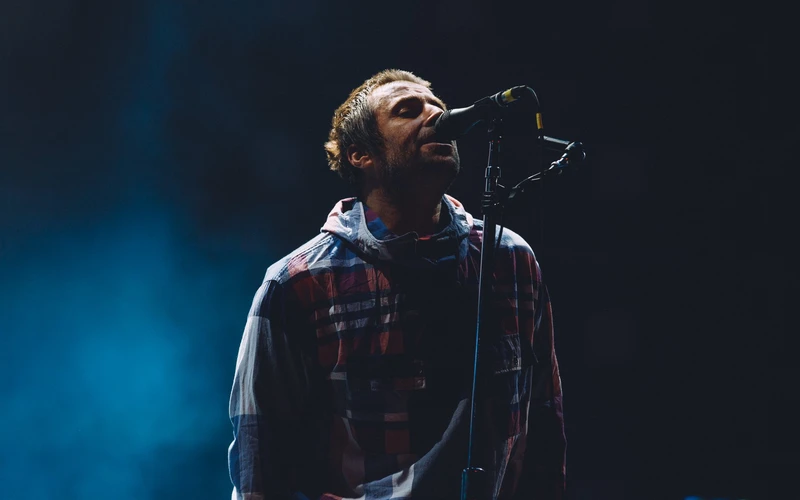
For the world’s most restless football fans—the English—it was a special surprise: naturally, over 50% of the International Exhibition Center’s audience were English, and it might have seemed that Noel Gallagher deliberately came to Kyiv to support the English national team with his performance. A few hours before the concert, an autograph session was held in the city center for the most devoted fans; the elder brother patiently signed memorabilia featuring his image. During the show, Oasis songs were performed, creating a special thrill singing “Whatever” and “Don’t Look Back in Anger” in unison with football fans. The feeling was like attending a Wembley performance. Later it turned out that Boris Grebenshchikov was at the concert—standing near the sound engineer’s console—but only a few recognized him that evening.
Noel Gallagher’s autograph session in Kyiv
Younger Liam got acquainted with Ukraine and Kyiv in the summer of 2019 when he headlined the Atlas Weekend music festival. Before that, his portrait appeared on the city’s public transport for a month, connecting Kyiv with other progressive European cities. I joked then that young Gallagher probably dreamed all his life of riding the Kyiv trolleybus route No. 19, even if just as his own portrait. Since I was attending another festival in Portugal at the time, I had to rely on feedback from acquaintances who attended the performance—both positive and not so much. But the very fact of his visit, and that old Oasis hits sounded live on the National Expo Center grounds, was incredible in itself.
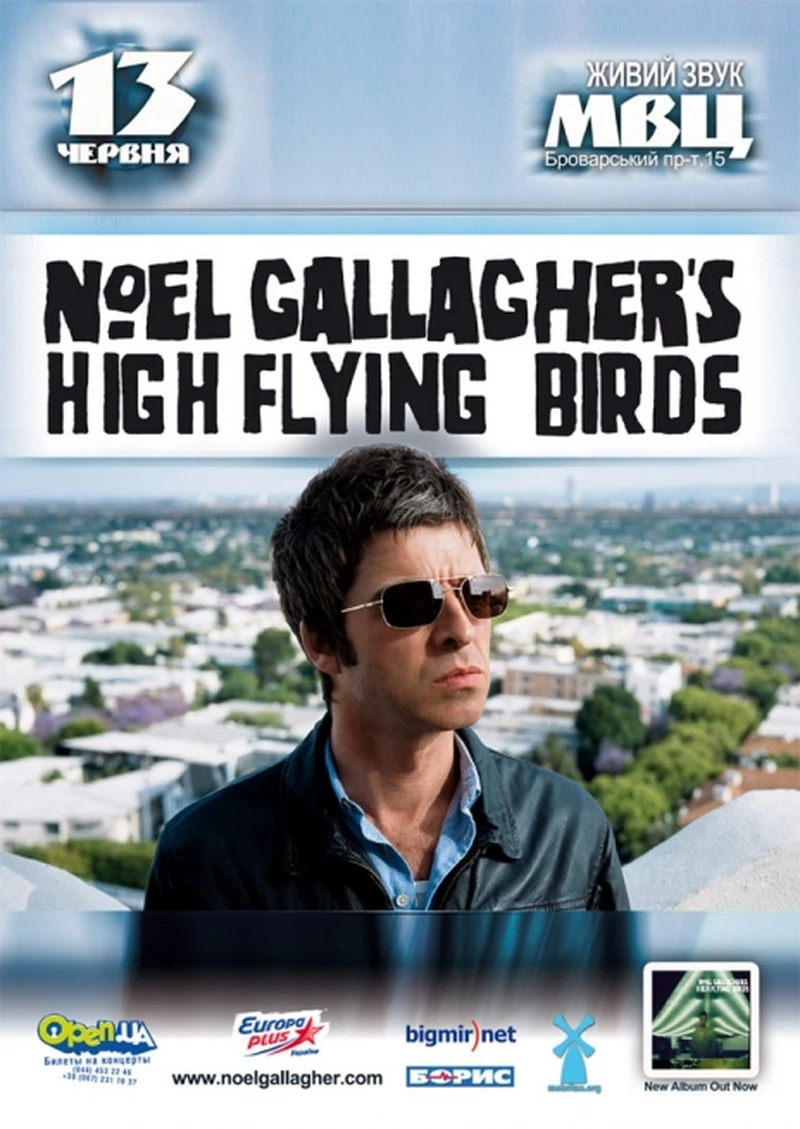
The reunited Oasis are embarking on a major tour, with tickets selling briskly for 2025: despite the daily crazy upheavals in today’s world, the most optimistic buyers are planning more than a year ahead. Pessimists grumble that the brothers will once again ruin all hopes and beat each other up at the first shows. But compared to the fact that thousands’ dream has finally come true, and some may have even hit the jackpot, this hardly matters.
